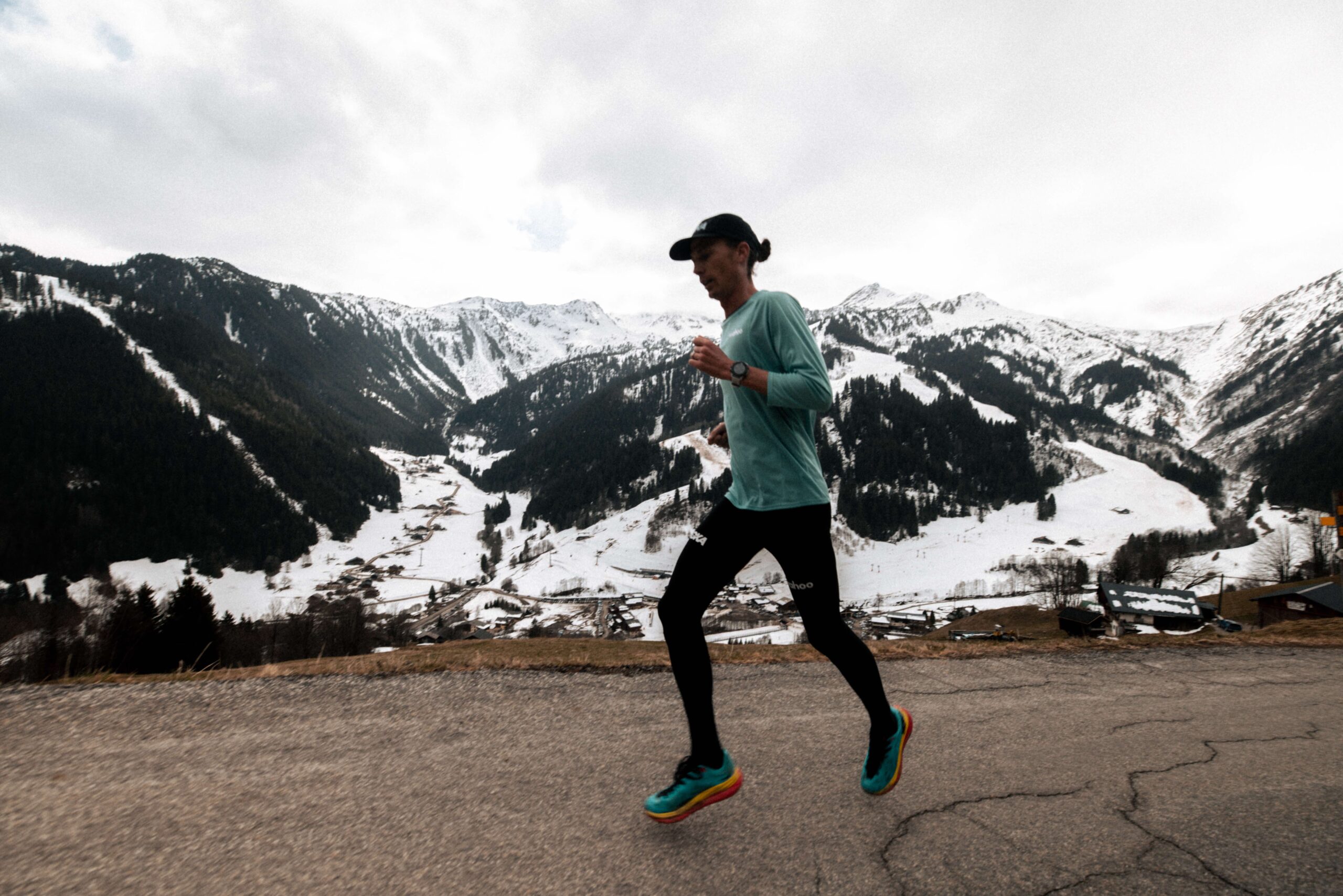While it can be tempting to roll out of bed, lace up your shoes, and head out the door for your early morning run…perhaps this time around you pump the brakes. While many runners may not think twice about running without a warm-up, it may be time to start reconsidering.
Why is Warm Up Important?
No matter what workout or efforts you have on deck for your run, it is important that you ease into it.
Why this matters:
- Increase muscle temperature
- Preserve anaerobic energy
- Prime the nervous system
These three effects will lead to:
- Reduced cardiac stress
- Decrease muscle soreness
- Reduce injury risk
While warming up, it is important to consider what you are preparing for a trail run, long run, track workout, etc. Each of these will require different durations, intensities, and focuses. If preparing for a trail run, perhaps you want to prime your neuromuscular coordination and agility for rocky terrain. If preparing for a track workout, we want to make sure that we are preparing our cardiovascular system for the demands we are going to be placing upon it.
By allowing our muscles to warm up, and literally “warm up” by increasing their temperature, we increase our oxygen delivery by improving the transfer of oxygen from our blood to our working muscles. Through an increase of 1 degree Celsius, we can see a 2-5% increase in power performance. Pretty cool, huh? Also through an increase in temperature, we allow our muscles and tendons to actually become “loose.” This makes our tissue more malleable and extensible aka less stiff and less susceptible to injury! When you have warmer and looser tissue, you are less prone to damage from eccentric contractions….which is what we do every time we run!
Finally, warming up increases our brain-body connection allowing us to have enhanced central output, or signals, to our working muscles. What does this mean for us? Decreased reaction times!
How to Design a Warm Up
There are many ways to tackle a warm-up routine: whether through myofascial rolling or activation exercises; the setup of a warm-up routine should ultimately have your workout’s goal in mind. What is important to remember is just like a training program, one size does not fit all. Experiment with what works for you. Ask yourself questions like:
- What is the goal of the workout?
- How am I feeling today?
- Do I feel any specific tightness in some areas?
Using questions like these can help you to tailor how a warm-up can work for you. If you are coming back from an ankle sprain and wake up feeling tightness in your calves and feet, then you may want to err on the side of caution and target a warm-up routine focusing on these areas. You can begin with foam rolling and move into mobility work to help loosen up the stuck tissue. This can apply to any areas of discomfort.
The duration of the warm-up will depend upon your session. If heading out the door for an easy or base/endurance run, then perhaps just some foam rolling, dynamic stretches, and a short walk can get you feeling ready and on your way. If preparing for a track/speed session or race, then you’ll want to make sure you are adequately preparing your cardiovascular and muscular systems: myofascial work, dynamic stretches, progressive run build from a light jog to race pace efforts.
Dynamic Movements for Warm-Up:
Perform each movement for 10-20 seconds
- Thoracic Mobility: Lunge with Twist
- Incorporating full body mobility by opening using one movement to target full body stretch and movement: hips, shoulders, hamstrings, quads, thoracic/lumbar spine.
- Walking Knee Pulls
- Standing tall, pulling the knee tight to the chest to help increase the opening of the posterior hip and opposite anterior hip. Also aids in facilitating glute medius activation by requiring stabilization of the stance leg.
- Walking Figure 4’s
- Similar to walking knee pulls, but targets the rotator muscles of the leg as well as the low back when we bring our leg into external rotation.
- Butt Kicks
- Neuromuscular work with synchronization and rhythm, as well as activating the posterior chain muscles: hamstrings, glutes, and calves.
- High Knees
- Similar to butt kicks, working neuromuscular coordination as well as activation of the anterior side of the body musculature: hip flexors, abdominals, anterior tibialis.
- A-Skips
- Help to develop lower leg strength as well as increase knee drive efficiency and proper footstrike.
Warming up before any activity, whether it is a recovery run, interval session, or the big race, is key to getting the most out of each run and aids in recovery. Whether you’re training indoors on a treadmill for marathon training or running outdoors, a proper warm-up is important.
Check out the running mobility sessions on the Wahoo App.



